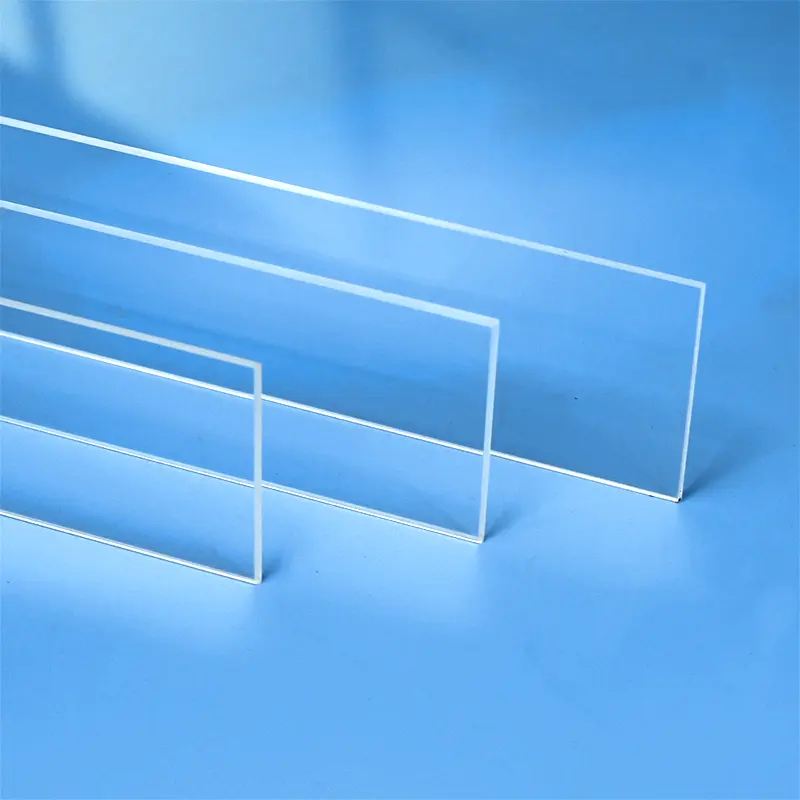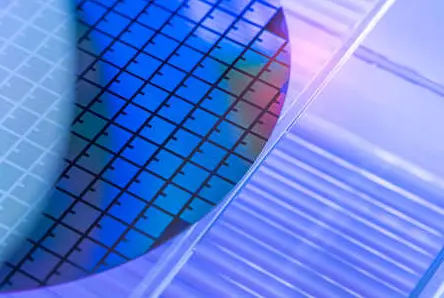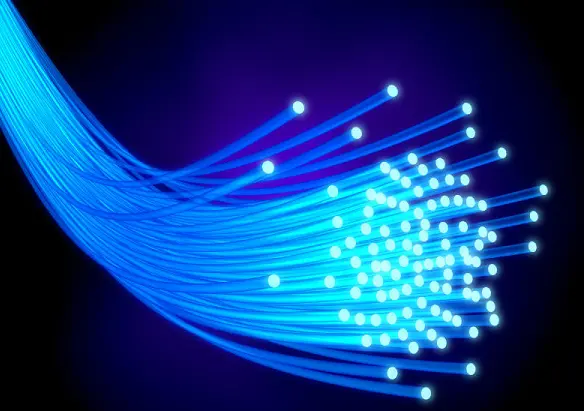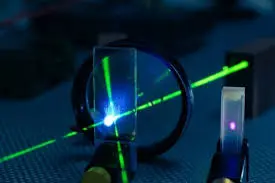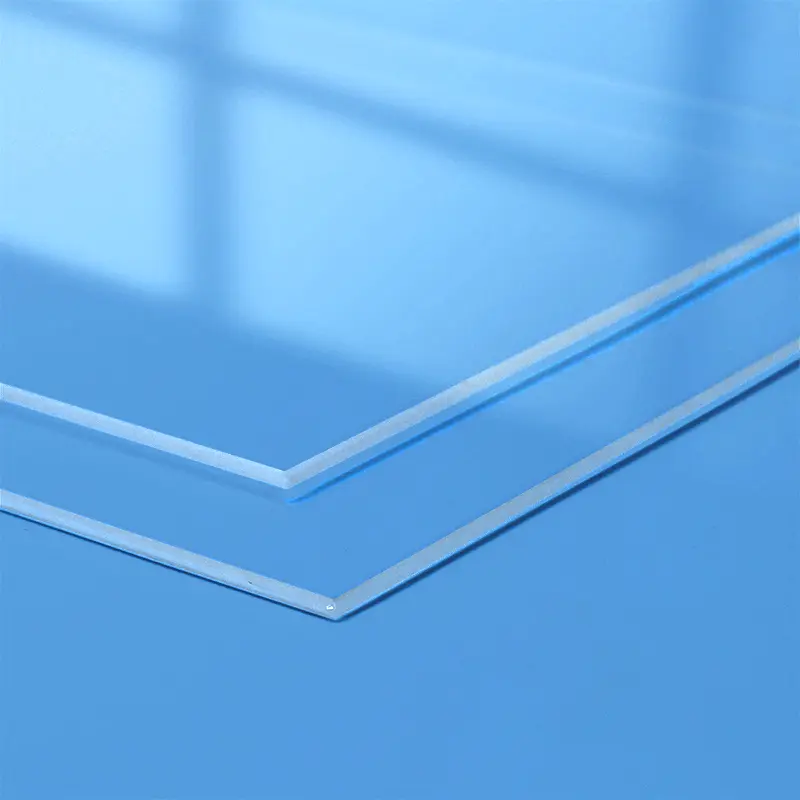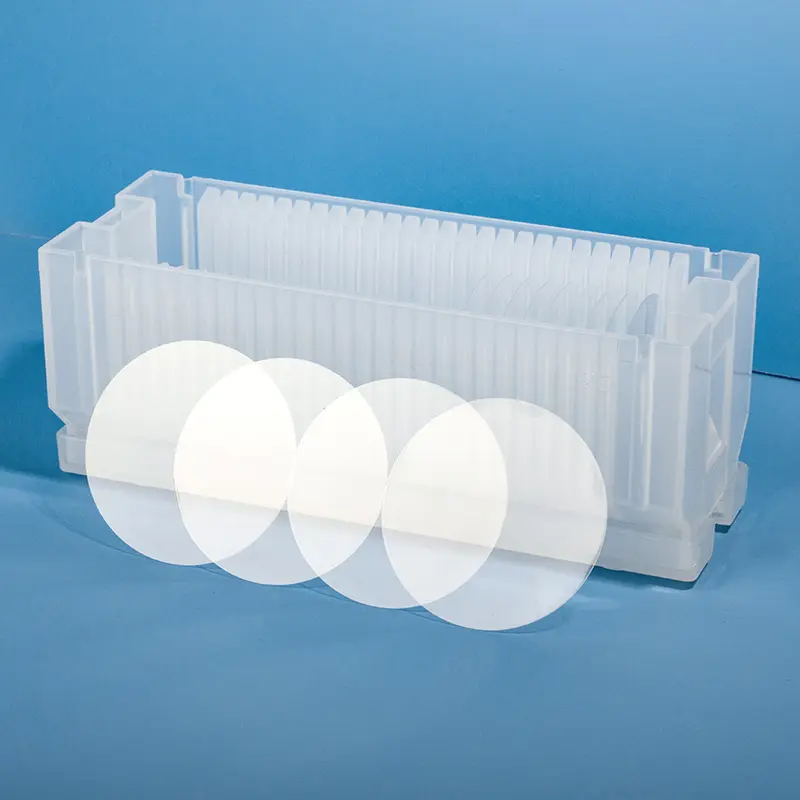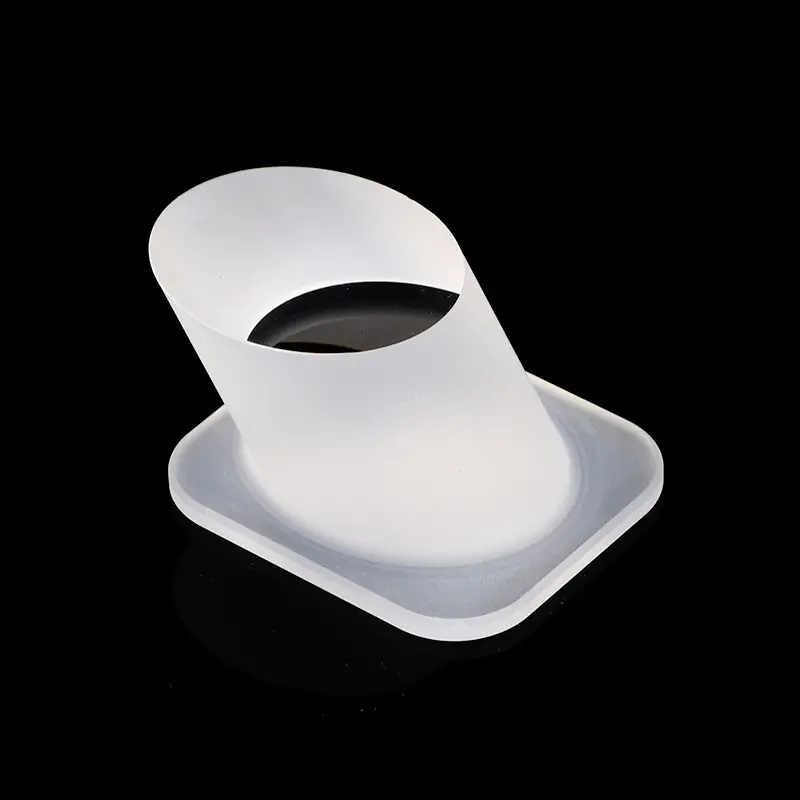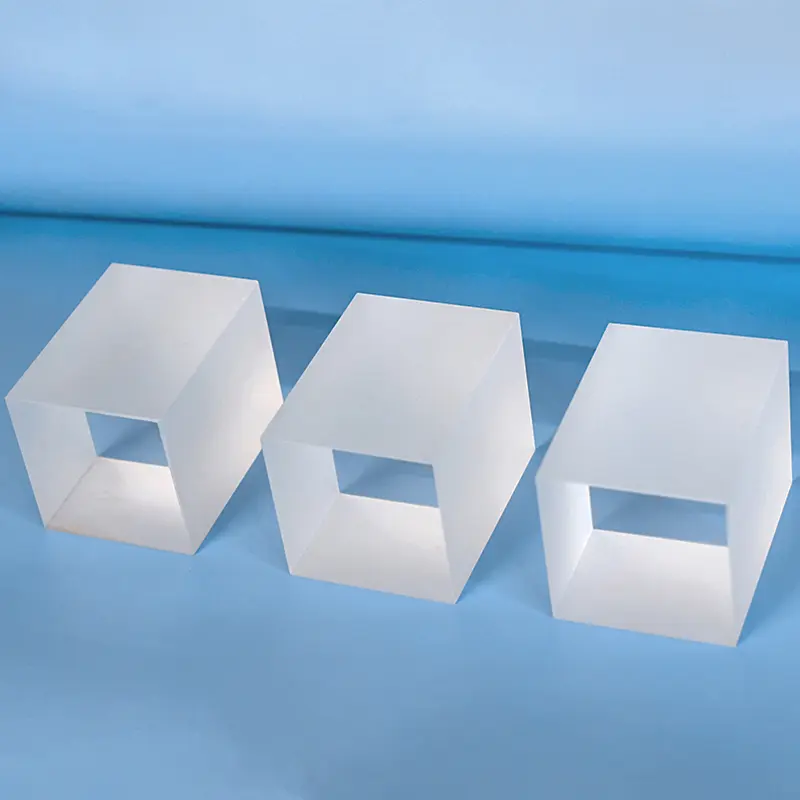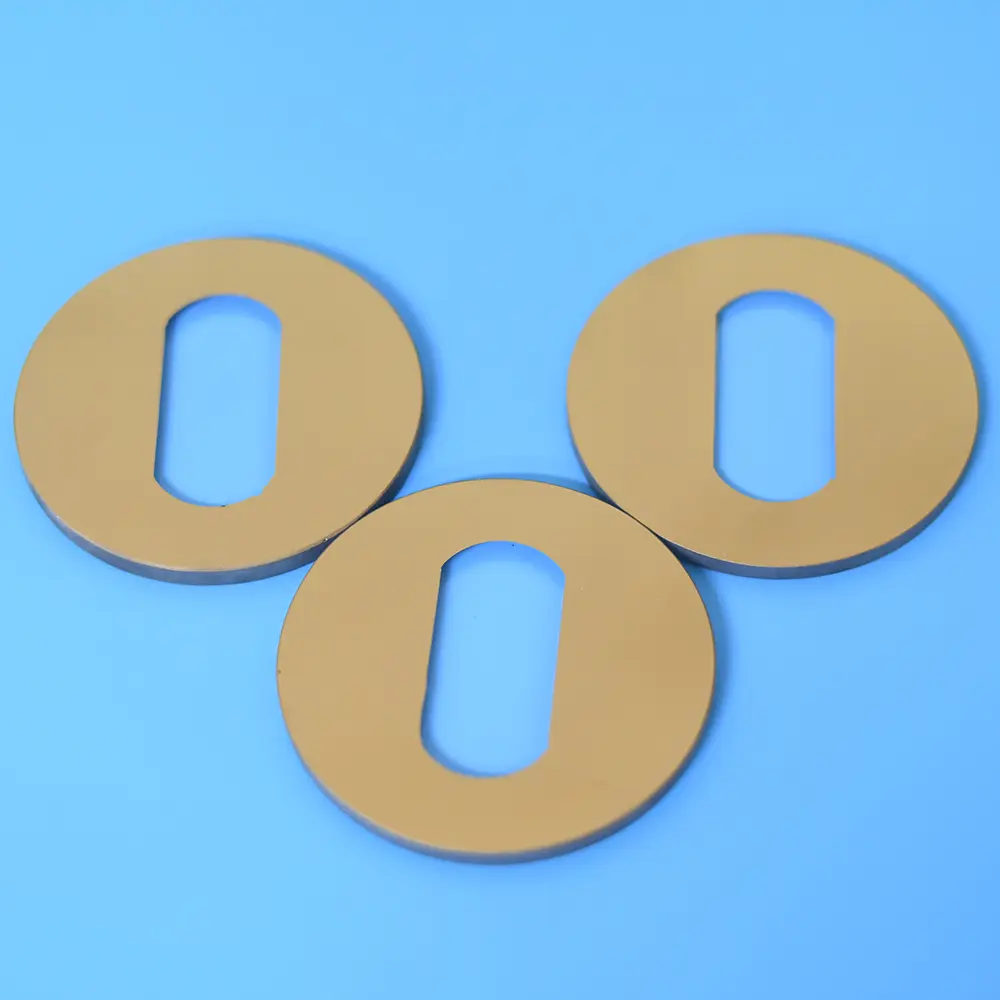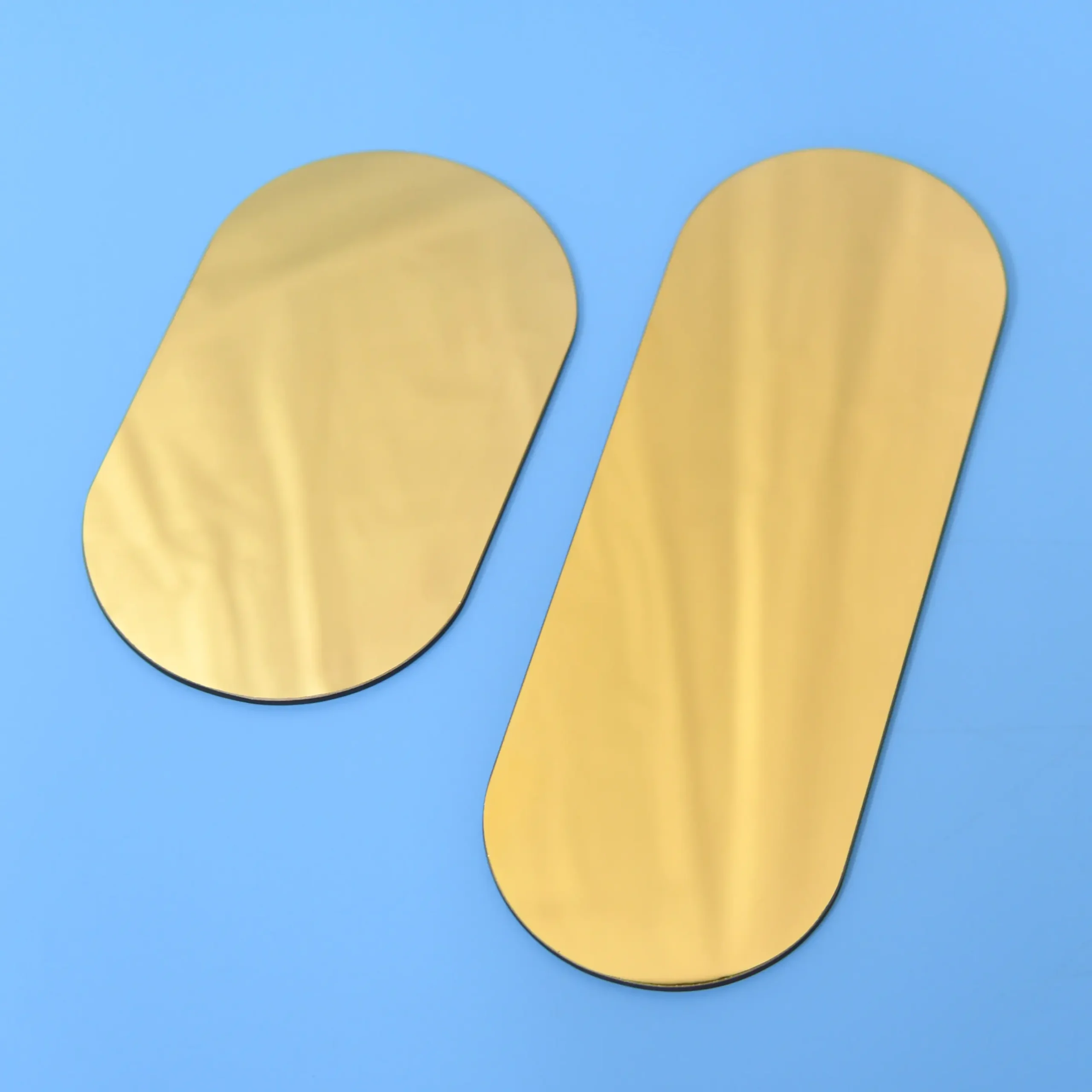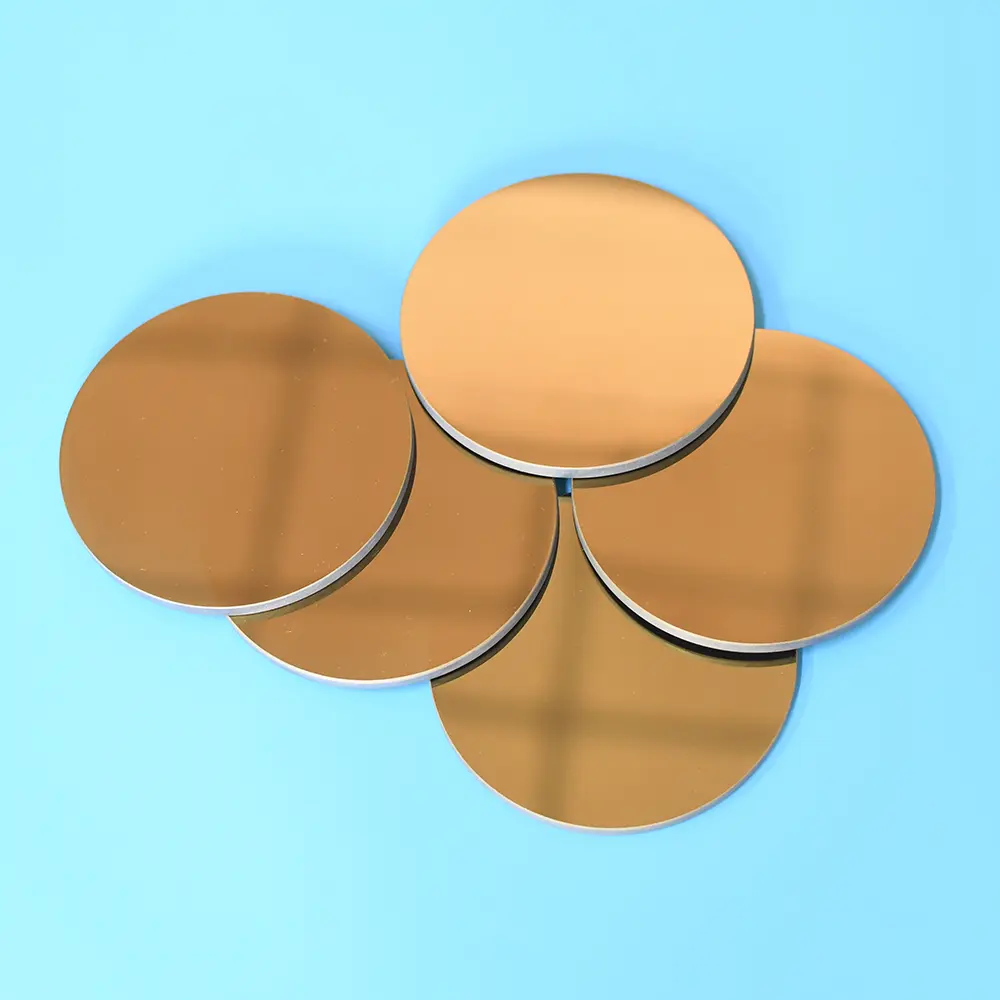Our Optical Quartz Plates are precision-engineered from high-purity fused silica, perfect for demanding optical, semiconductor, and laser applications. We offer custom fused silica windows and plates tailored to your exact specifications. These precision fused silica substrates excel in UV transmission, thermal stability, and chemical resistance. Partner with us for bespoke quartz glass solutions.
| Property Content | Property Values |
|---|---|
| SiO2 | 99.99% |
| Density | 2.2×10³ kg/cm³ |
| Hardness | 5.5 - 6.5 Mohs' Scale 570 KHN 100 |
| Tensile Strength | 4.8×10⁷ Pa (N/mm2) (7000 psi) |
| Compression Strength | >1.1×10⁹ Pa (160,000 psi) |
| Coefficient of Thermal Expansion | 5.5×10⁻⁷ cm/cm·°C (20°C-320°C) |
| Thermal Conductivity | 1.4 W/m·°C |
| Specific Heat | 670 J/kg·°C |
| Softening Point | 1730°C (3146°F) |
| Annealing Point | 1210°C (2210°F) |
| Strain Point | 1120°C (2048°F) |
| Work Temperature | 1200°C (2192°F) |
| Electrical Resistivity | 7×10⁷ ohm cm (350°C) |
| Size | Customized |
| Logo | Customized Logo Accept |
High Transparency
Quartz glass plates exhibit extremely high transparency, particularly across the ultraviolet to infrared spectral range. This makes them invaluable in optical applications, such as the fabrication of lenses, optical fibers, and optical windows.
High-Temperature Resistance
Quartz glass plates can withstand exceptionally high temperatures, with continuous operating temperatures up to 1100°C and short-term tolerance up to 1250°C. This makes them ideal for high-temperature environments, such as in semiconductor manufacturing and as viewports in high-temperature furnaces.
Chemical Stability
Quartz glass plates have excellent resistance to most chemicals, particularly acids. With the exception of hydrofluoric acid, they demonstrate near-inertness to almost all acids, making them highly sought after in chemical laboratories and industrial applications.
Low Thermal Expansion Coefficient
Quartz glass plates have a low thermal expansion coefficient, meaning their dimensions change very little with temperature variations. This is crucial for precision instruments and high-temperature equipment that require precise dimensional control, ensuring stability and reliability under fluctuating temperatures.
Application Scenario
Semiconductor Industry
Quartz glass plates play a crucial role in the semiconductor supply chain, widely used in single-crystal silicon production and wafer manufacturing processes. Various quartz components and instruments are essential in cleaning, oxidation, photolithography, etching, and diffusion steps. For example, quartz crucibles are indispensable containers in the semiconductor industry, while high-purity quartz products such as quartz glass plates, quartz rings, and quartz boats are also used in these processes.
Fiber Optic Communication Industry
Quartz glass is the primary raw material in optical fiber manufacturing, with high-purity quartz glass accounting for more than 95% of the composition of optical fiber preforms. Significant amounts of quartz glass materials, such as holding rods and quartz cups, are consumed during optical fiber production processes like preform fabrication and fiber drawing.
Optics Field
Due to its excellent optical properties, quartz glass plates are used in the manufacturing of high-end optical lenses, prisms, and as substrate materials for TFT-LCD high-definition displays and IC photomasks. They ensure light transmission within the 185-3500 micrometer wavelength range, providing a clear visual experience.
Aerospace Field
Quartz glass plates, with their low density, high compressive strength, and good optical performance, are widely used in the aerospace sector for satellites and spacecraft. Radiation-resistant quartz glass can effectively control the attitude of spacecraft, and high-strength, radiation-resistant glass cover slips provide effective protection for the solar cell energy systems of spacecraft.
In semiconductor manufacturing, quartz glass plates are used to fabricate various components and containers, including quartz crucibles, quartz boats, and quartz rings. These are essential in processes such as cleaning, oxidation, photolithography, etching, and diffusion.
Quartz glass plates exhibit extremely high chemical stability, showing inertness to nearly all acids, with the exception of hydrofluoric acid. This property makes them highly sought after in chemical laboratories and industrial applications.
A low thermal expansion coefficient means that quartz glass plates exhibit minimal dimensional changes with temperature variations. This is crucial for precision instruments and high-temperature equipment that require precise dimensional control, ensuring stability and reliability even under fluctuating temperatures.
Frequently asked questions
We specialize in the end-to-end manufacturing of high-purity quartz glass components. Our core product lines include:
Quartz Tubing & Rods: A wide range of diameters and specifications.
Quartz Plates & Discs: Precision-cut and polished for optical and industrial use.
Quartz Labware: A full suite of standard and custom glassware, including beakers, flasks, and boats.
Semiconductor-Grade Quartz: High-purity components like process tubes and carriers for semiconductor fabrication.
Custom Fabricated Components: We can produce complex parts tailored to your unique designs and specifications.
Yes. Custom fabrication is at the core of our business. With over a decade of specialized experience, we partner with companies to provide expert OEM/ODM services. Our capabilities include welding, grinding, drilling, polishing, bending, and other precision processing techniques to create components that meet your exact requirements.
Quality is paramount in our manufacturing process. We are an ISO 9001:2015 certified manufacturer, ensuring that our processes meet international quality management standards.Our products also undergo rigorous SGS testing for purity and performance. We use high-purity raw materials (up to 99.998% SiO2) to produce fused quartz and fused silica products with exceptional thermal stability, high-temperature resistance, and chemical inertness.
We've streamlined our process to be as efficient as possible:
Submit Your RFQ: Send us your technical drawings, specifications, and requirements via our website contact form or email.
Rapid Response: You can expect an initial response within minutes and detailed communication within half an hour.
Design & Proposal: We will deliver a detailed design proposal and a competitive quote within 24 hours.
Prototyping & Production: Upon approval, we move swiftly from prototyping to full-scale production to meet your deadlines.
Partnering with Aoxin Quartz offers several key advantages:
Proven Expertise: With 10+ years in the industry, we have the technical knowledge to tackle complex challenges.
One-Stop Solution: We manage the entire production process, from sourcing high-purity raw materials to fabricating and finishing complex components.
Competitive Value: Located in a major quartz production hub, we leverage an efficient supply chain and advanced manufacturing to offer exceptional quality at a competitive price point.
Dedicated Partnership: Over 90% of our clients become long-term partners. We are committed to your success through responsive service, reliable quality, and innovative solutions.

